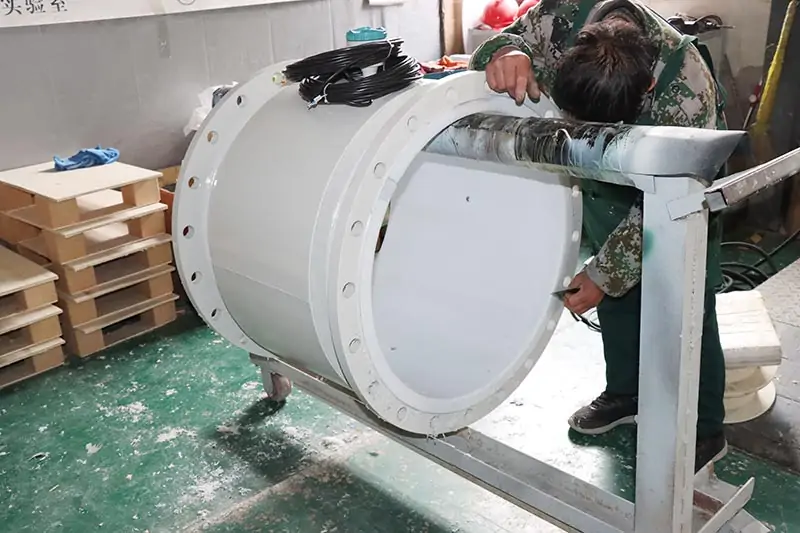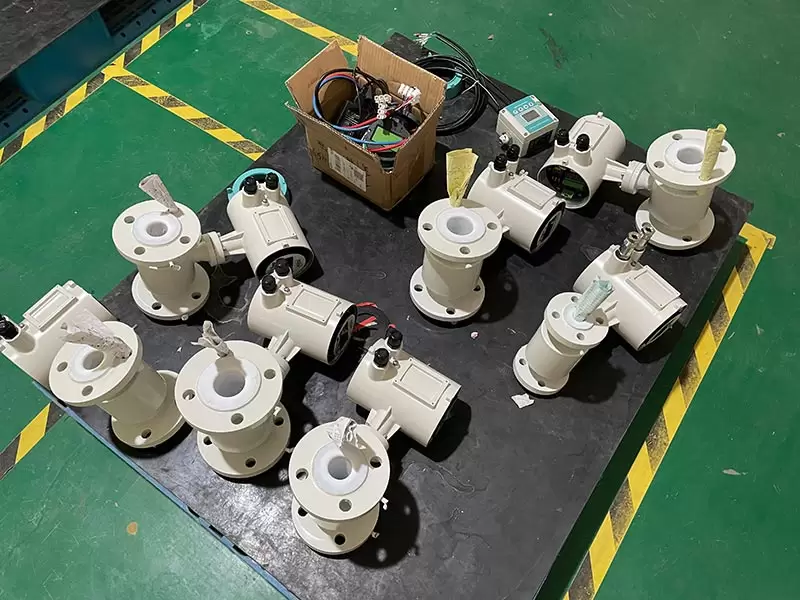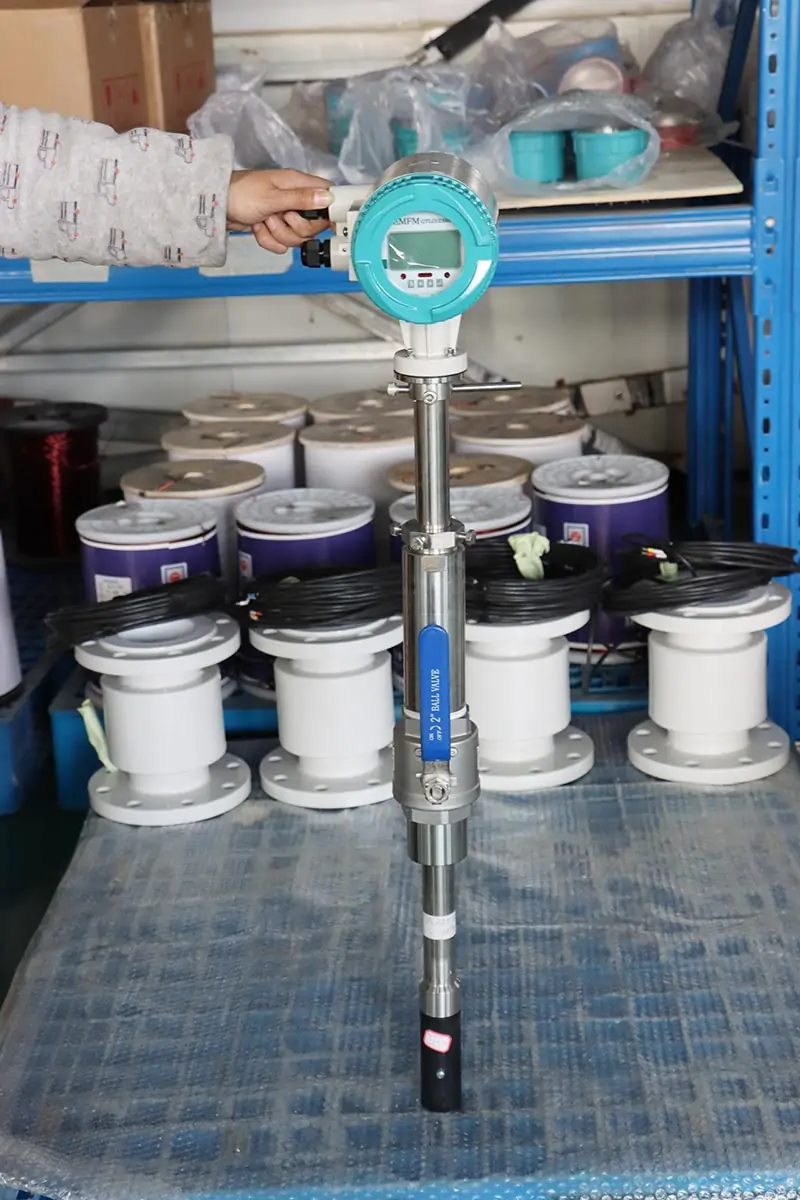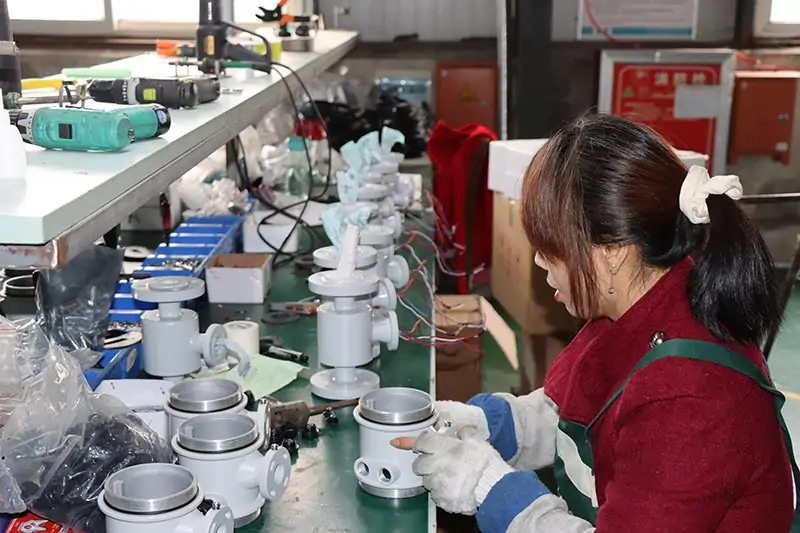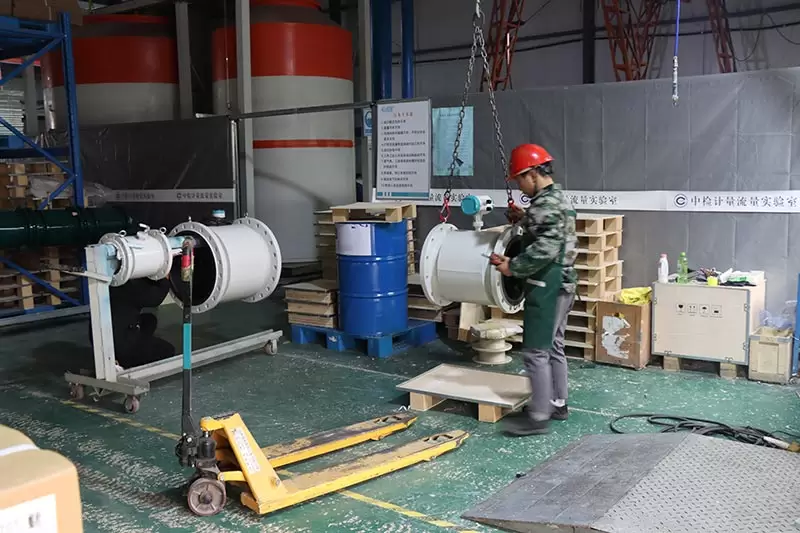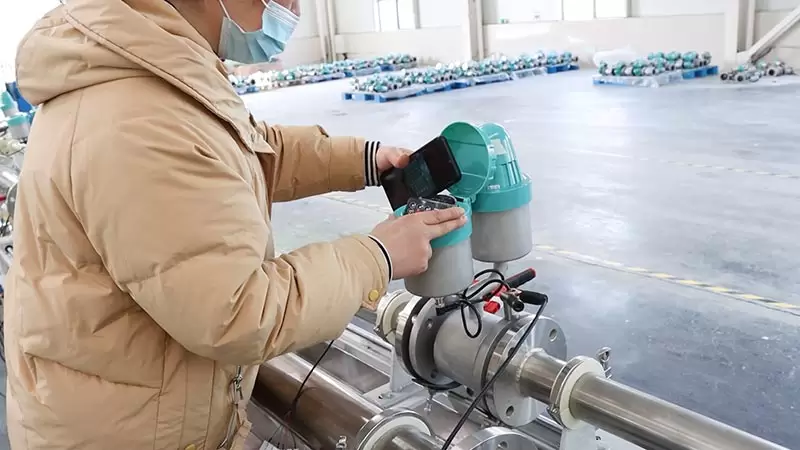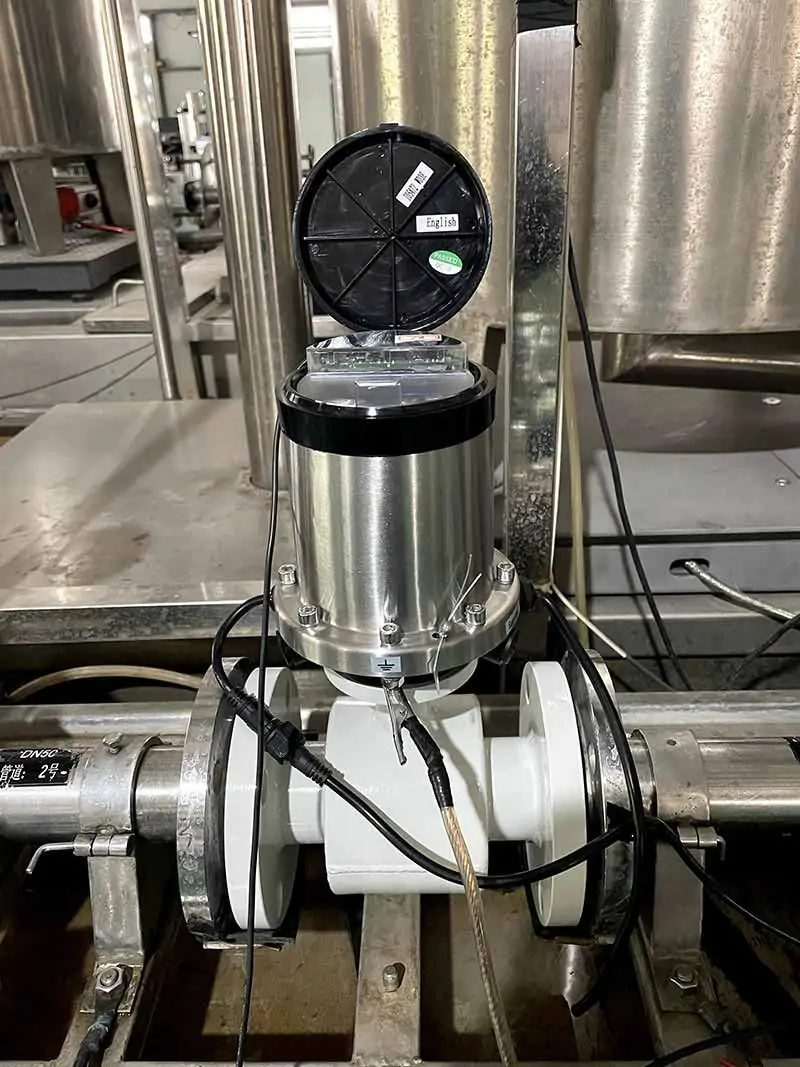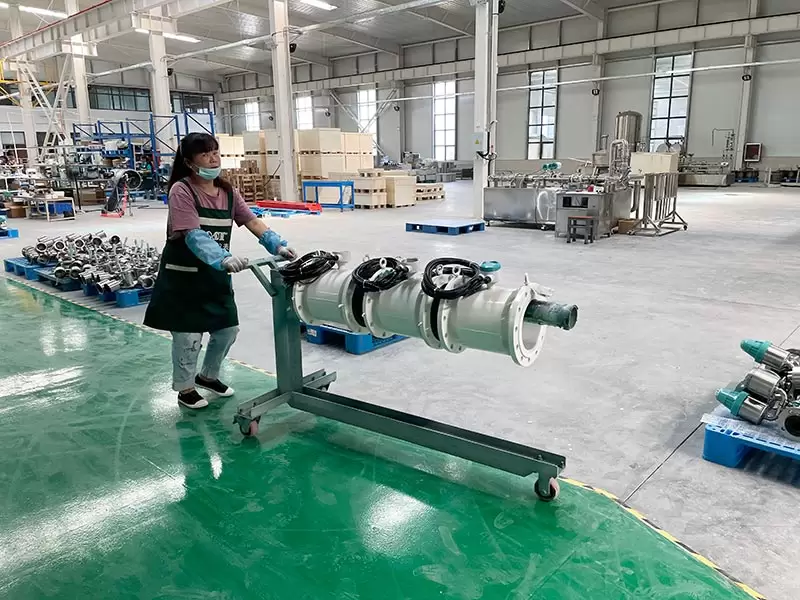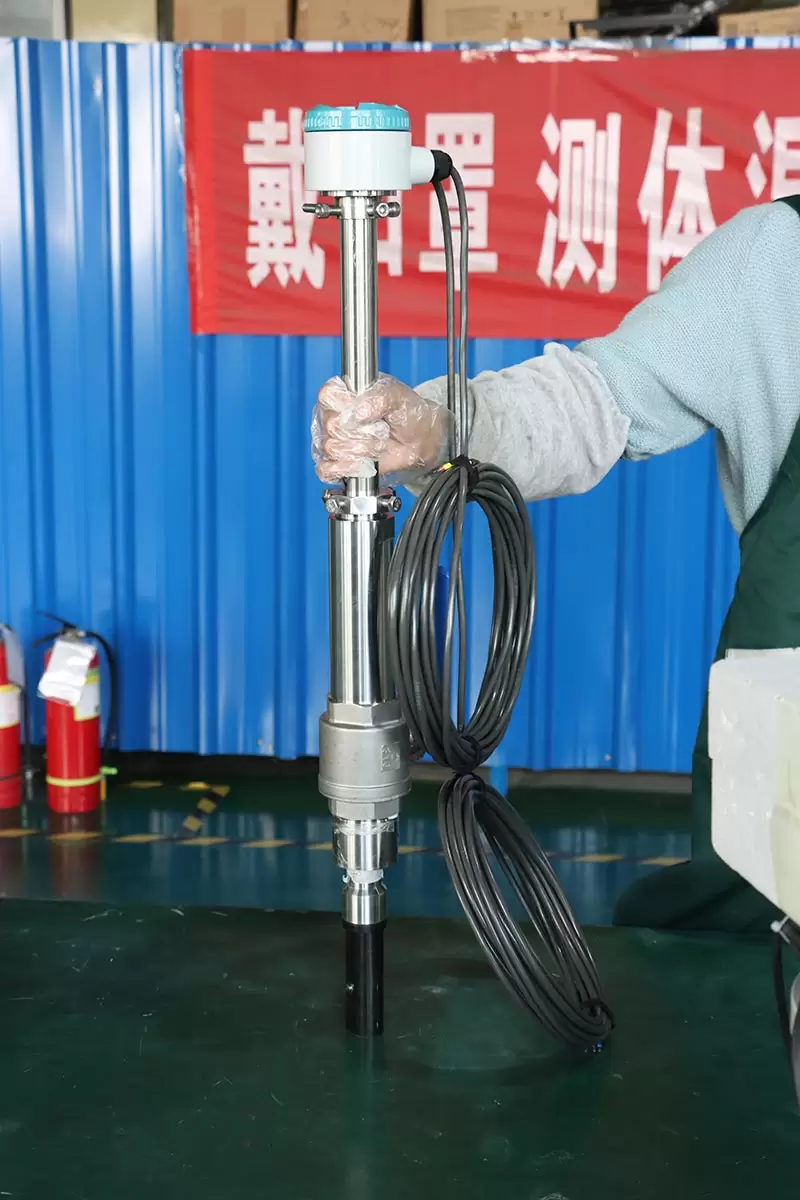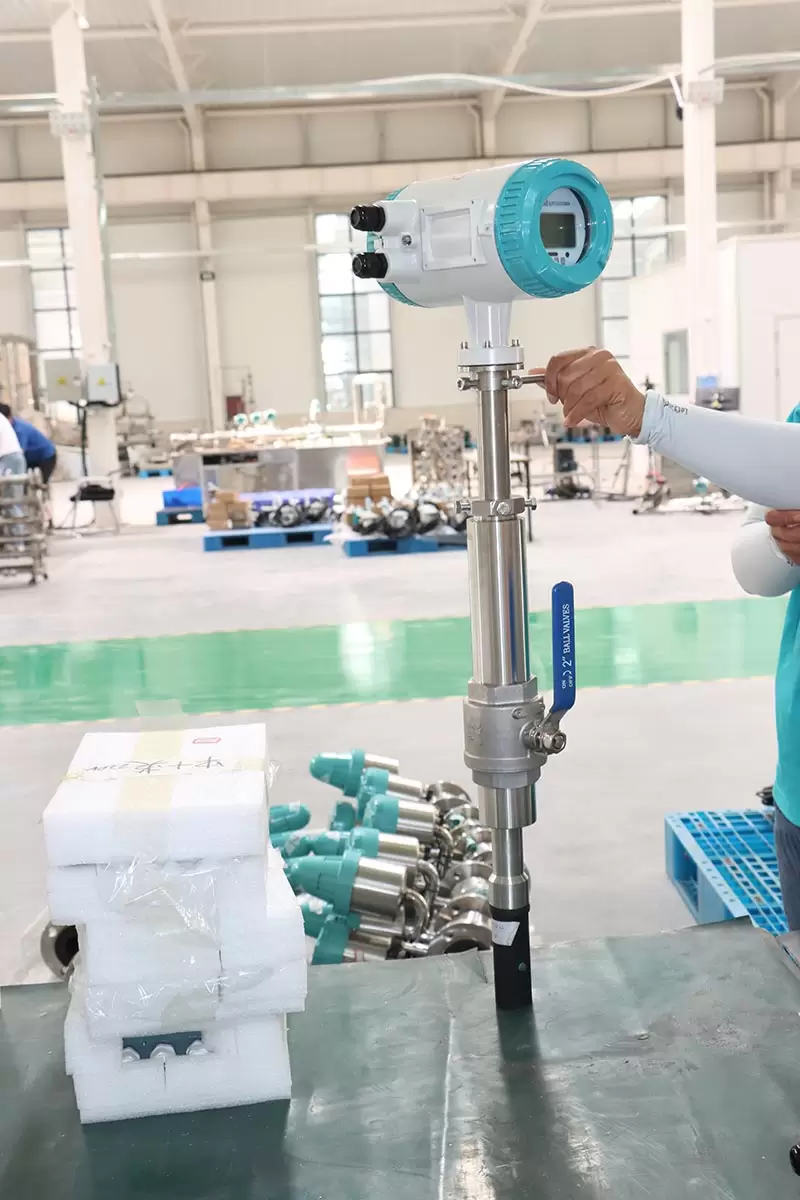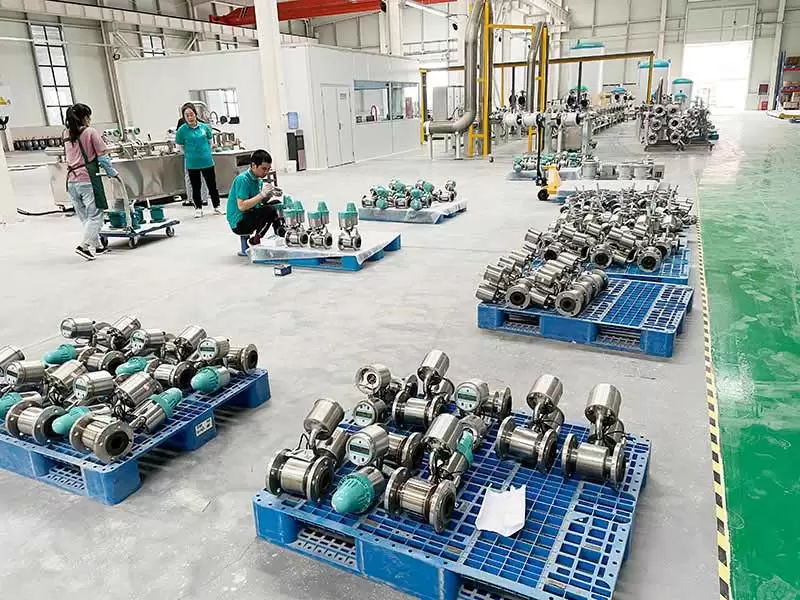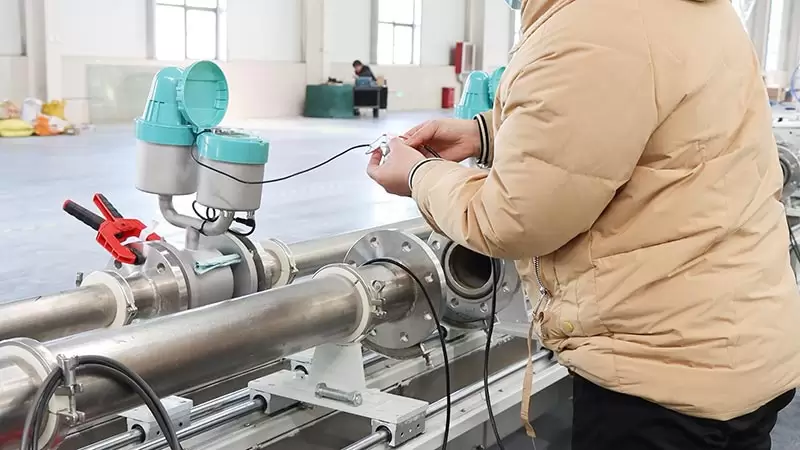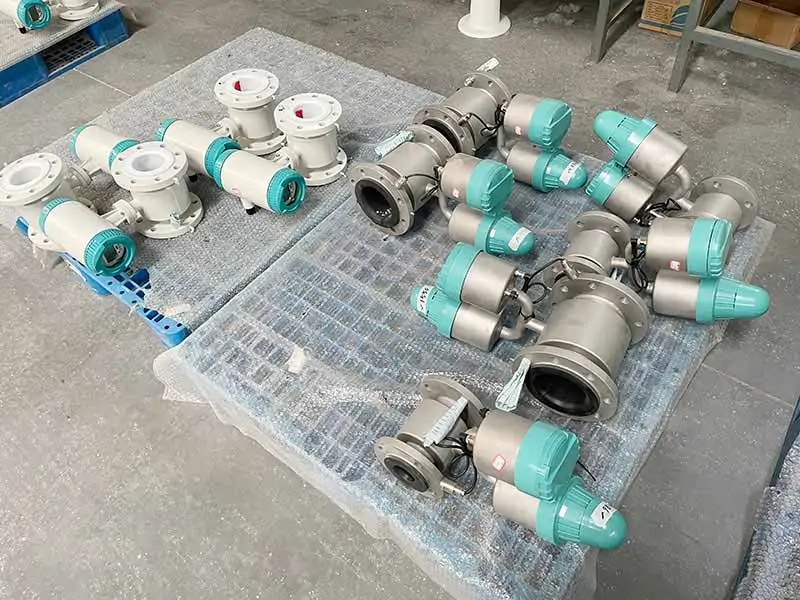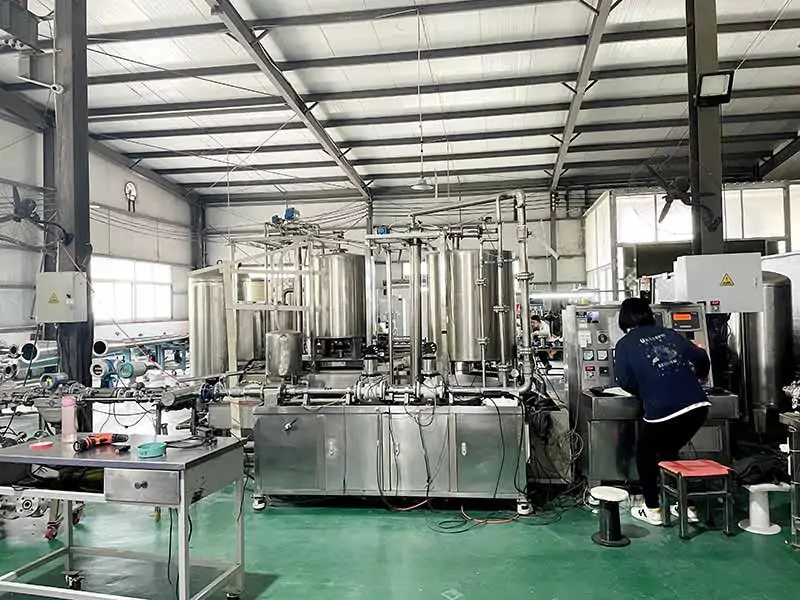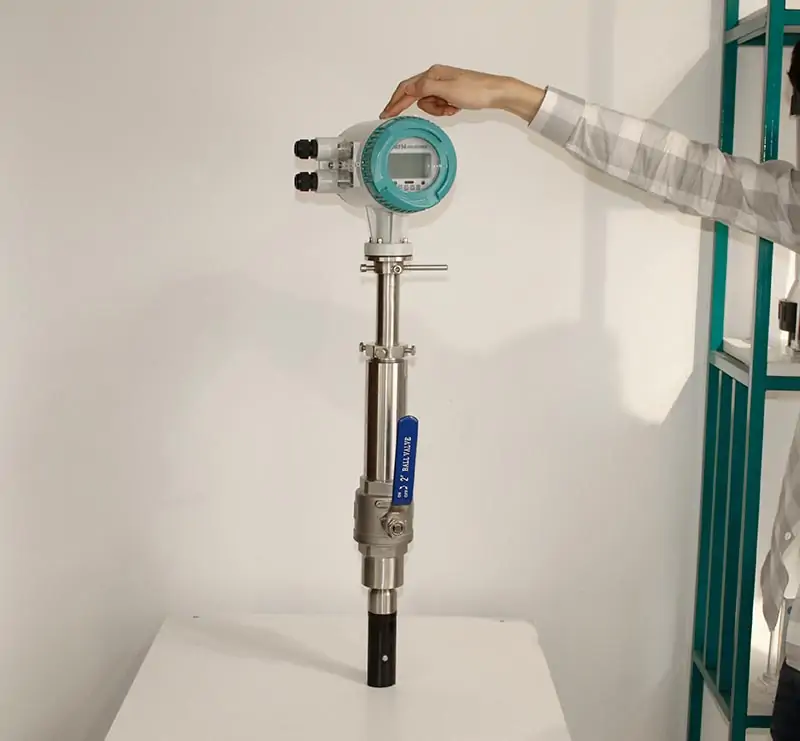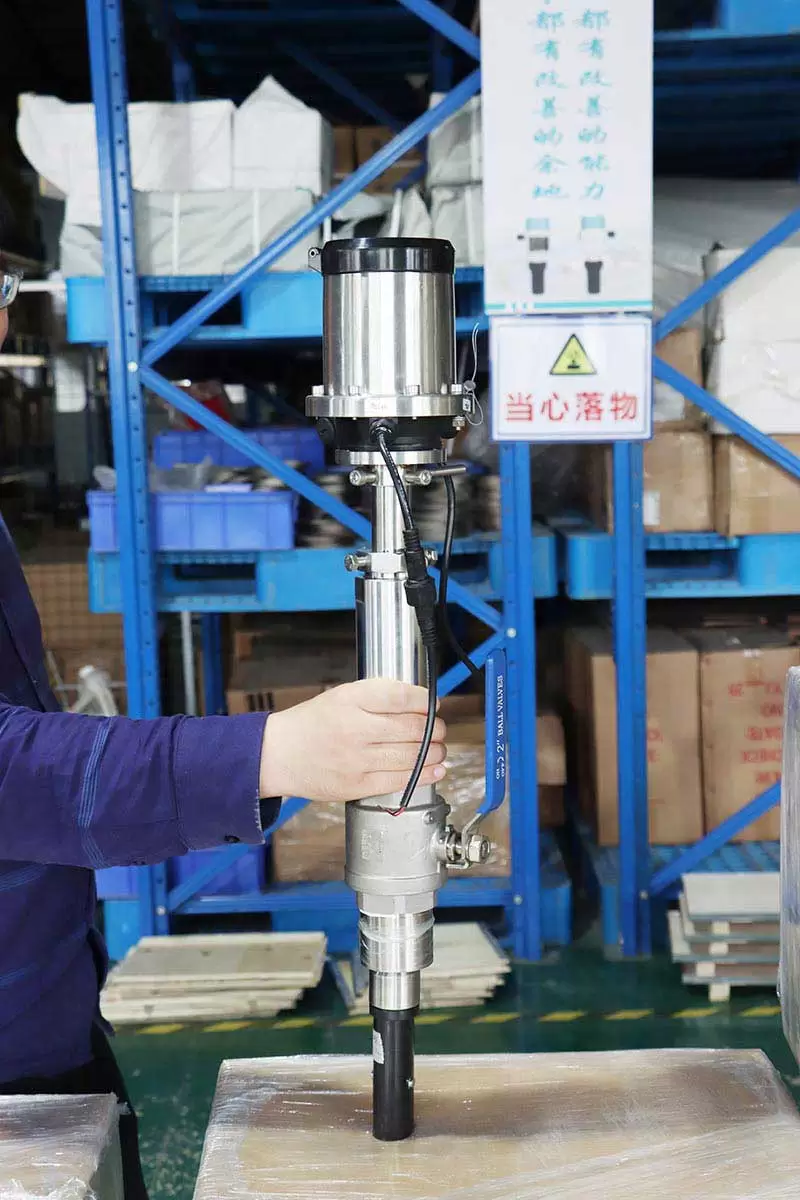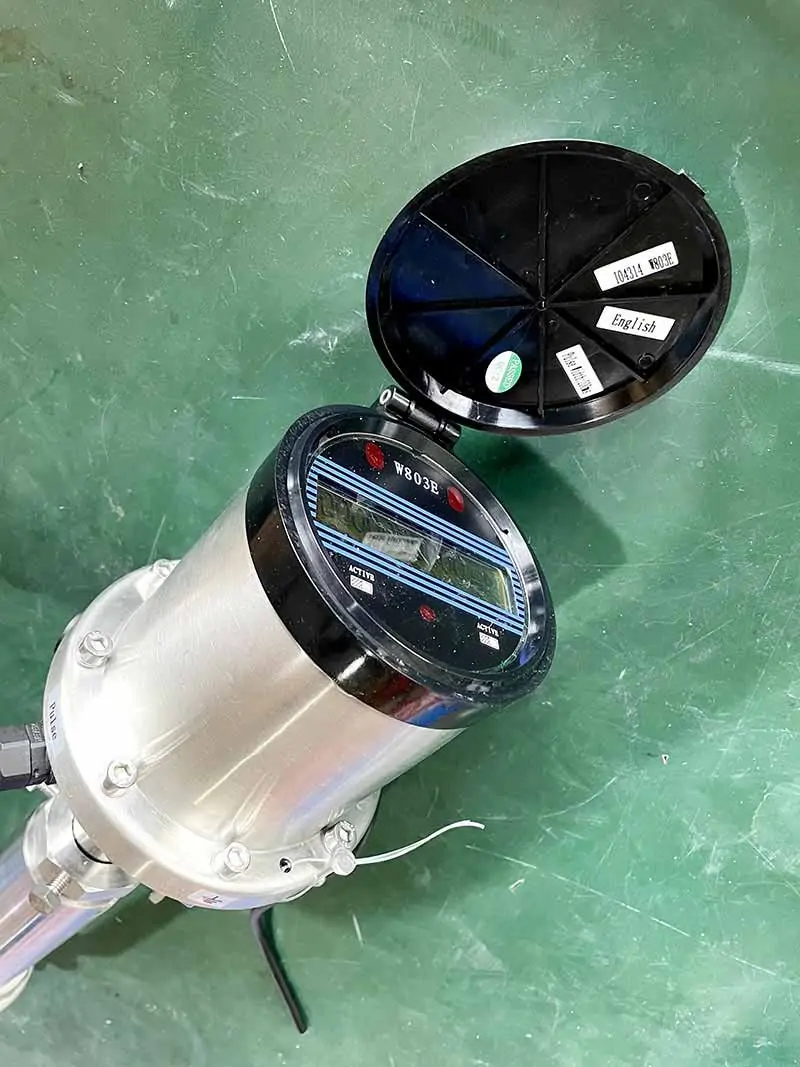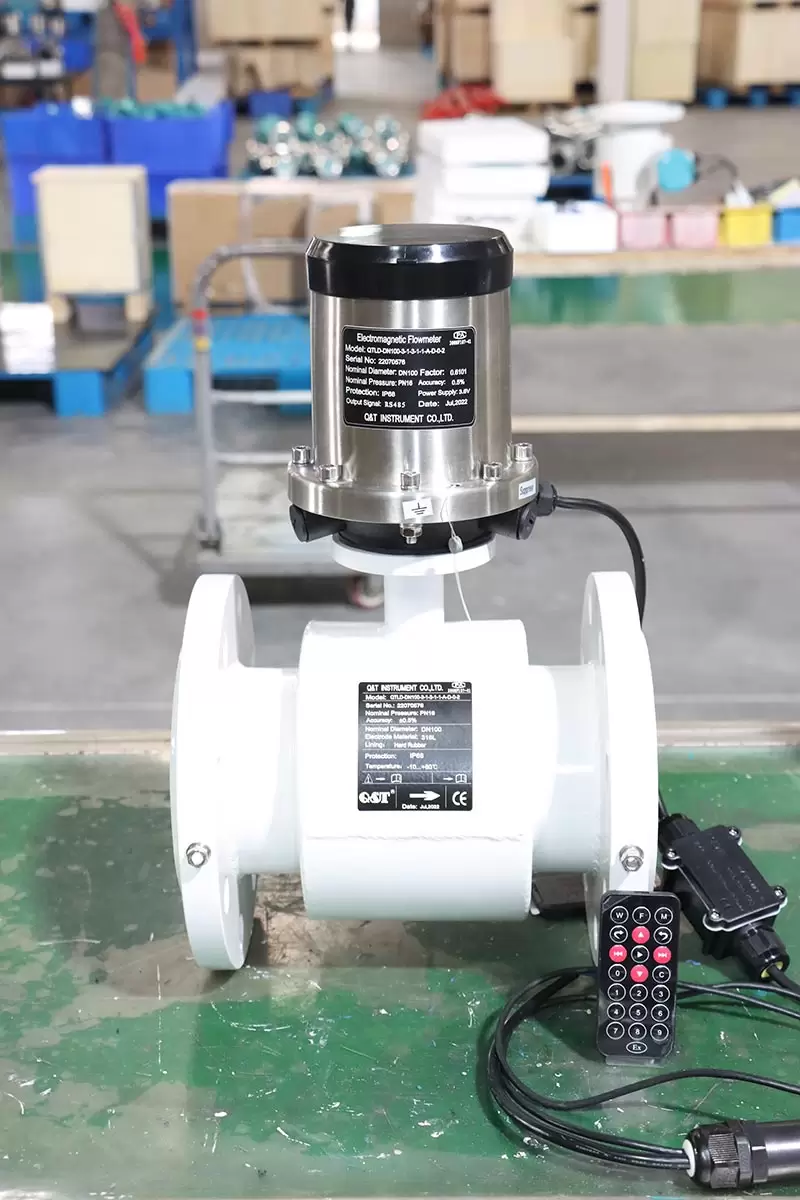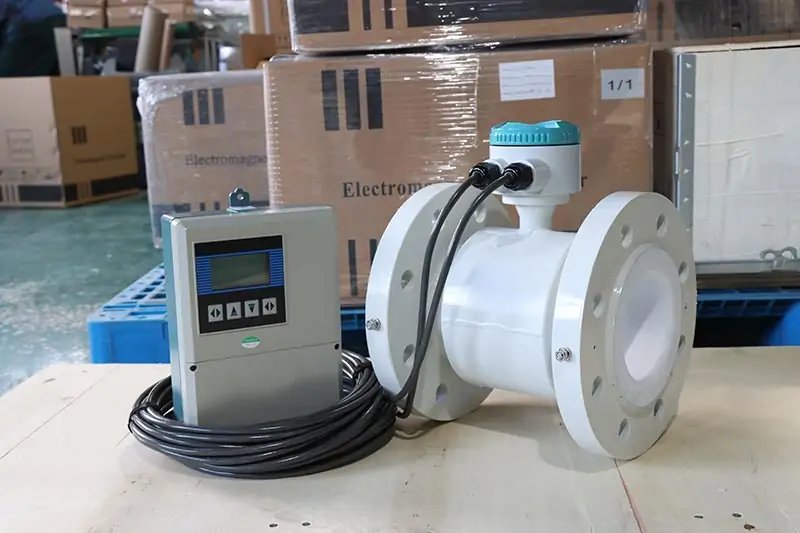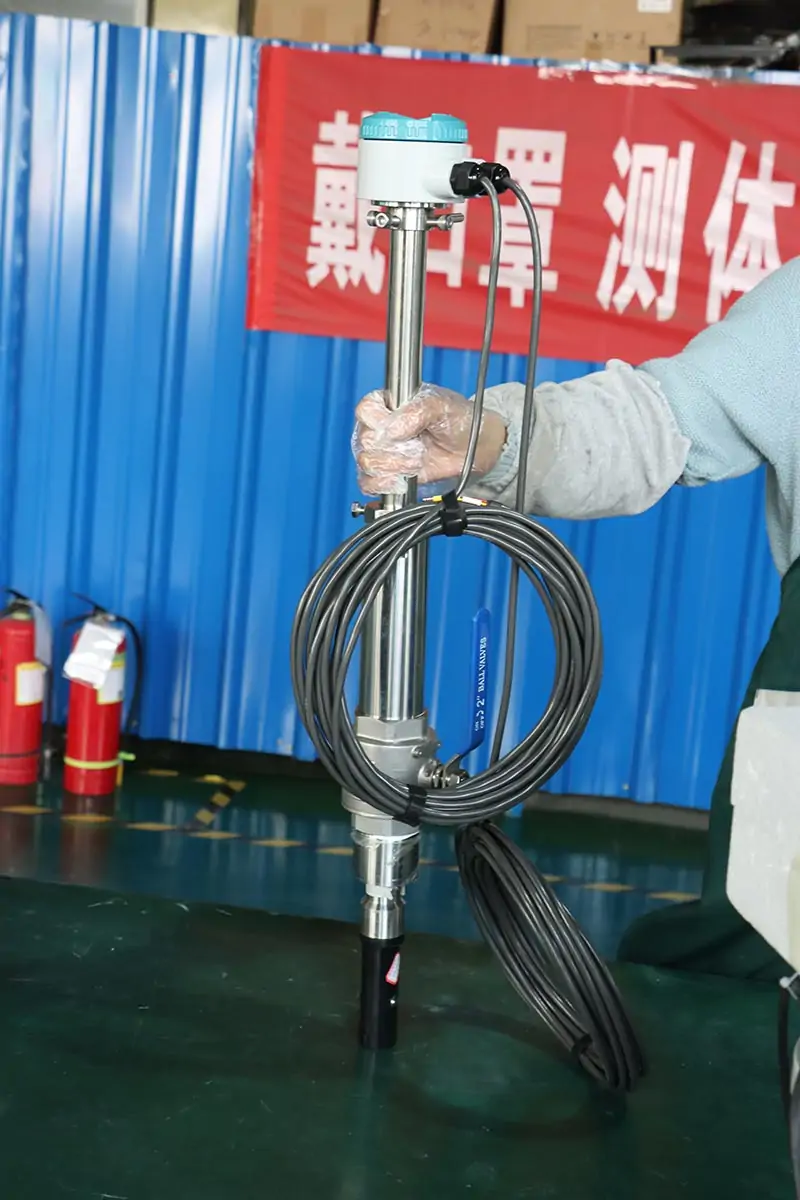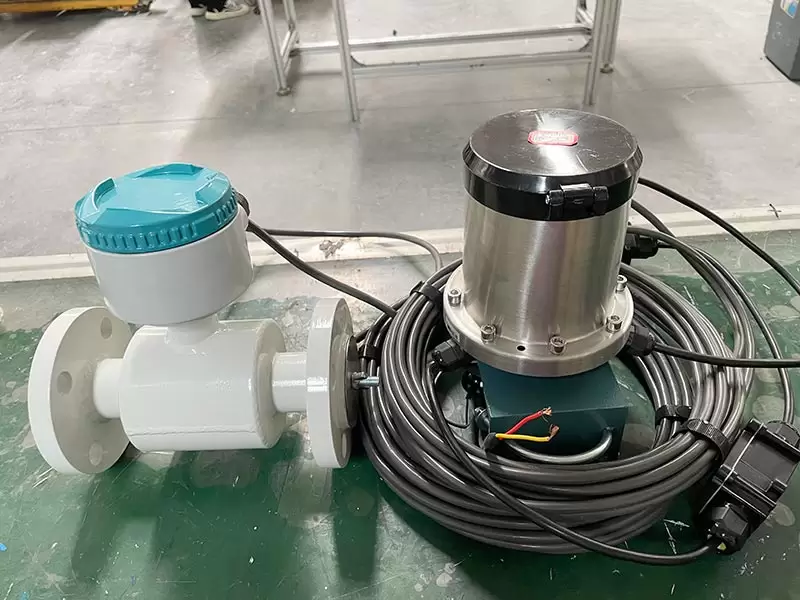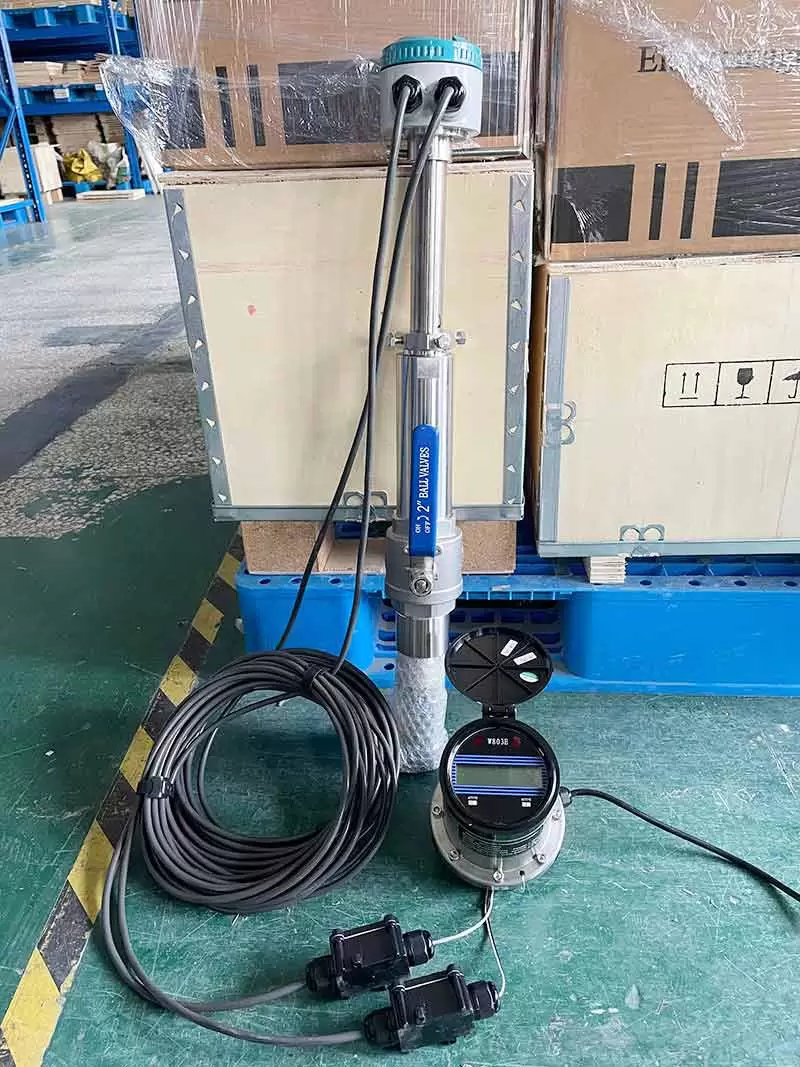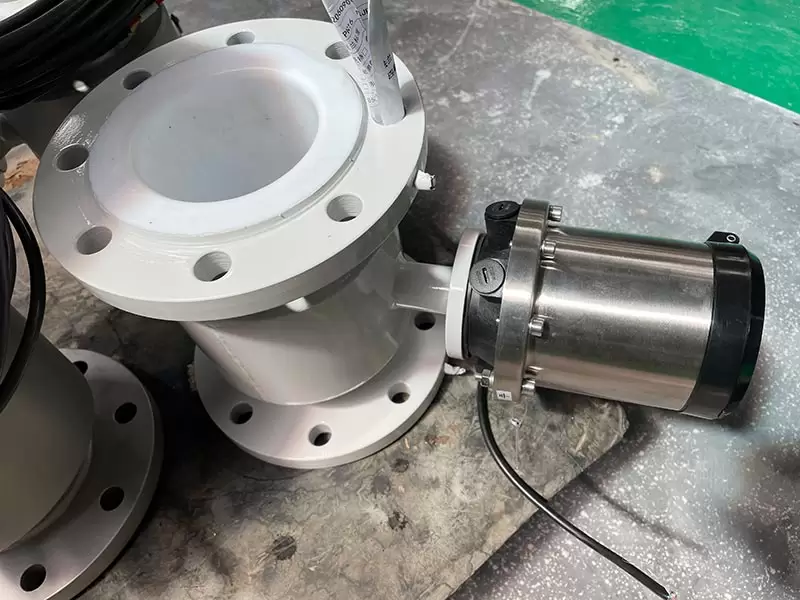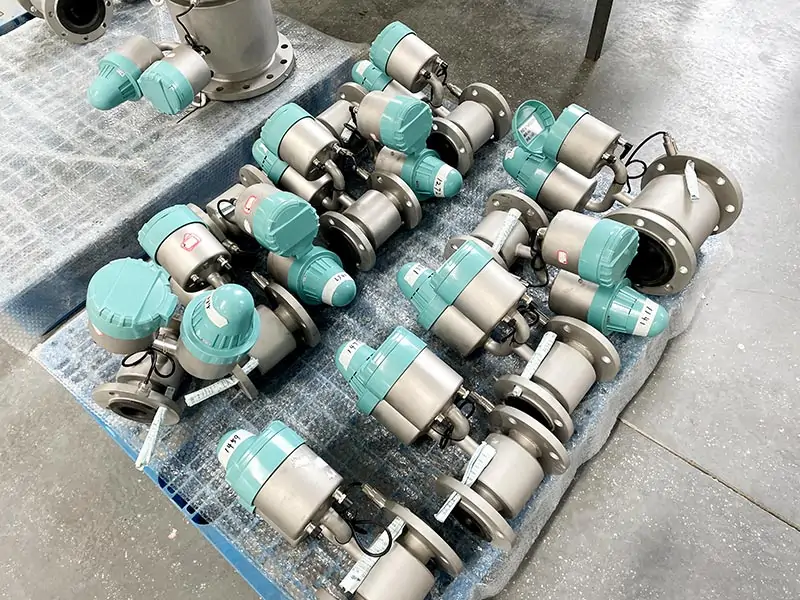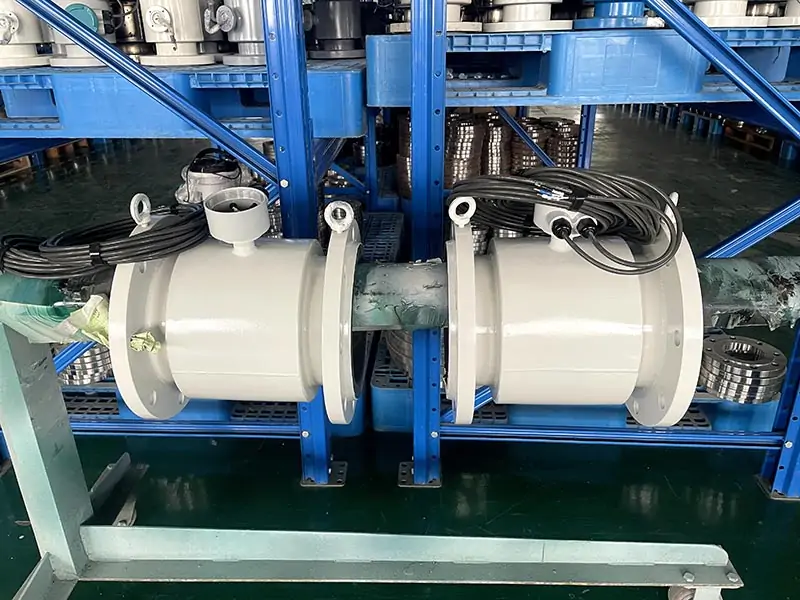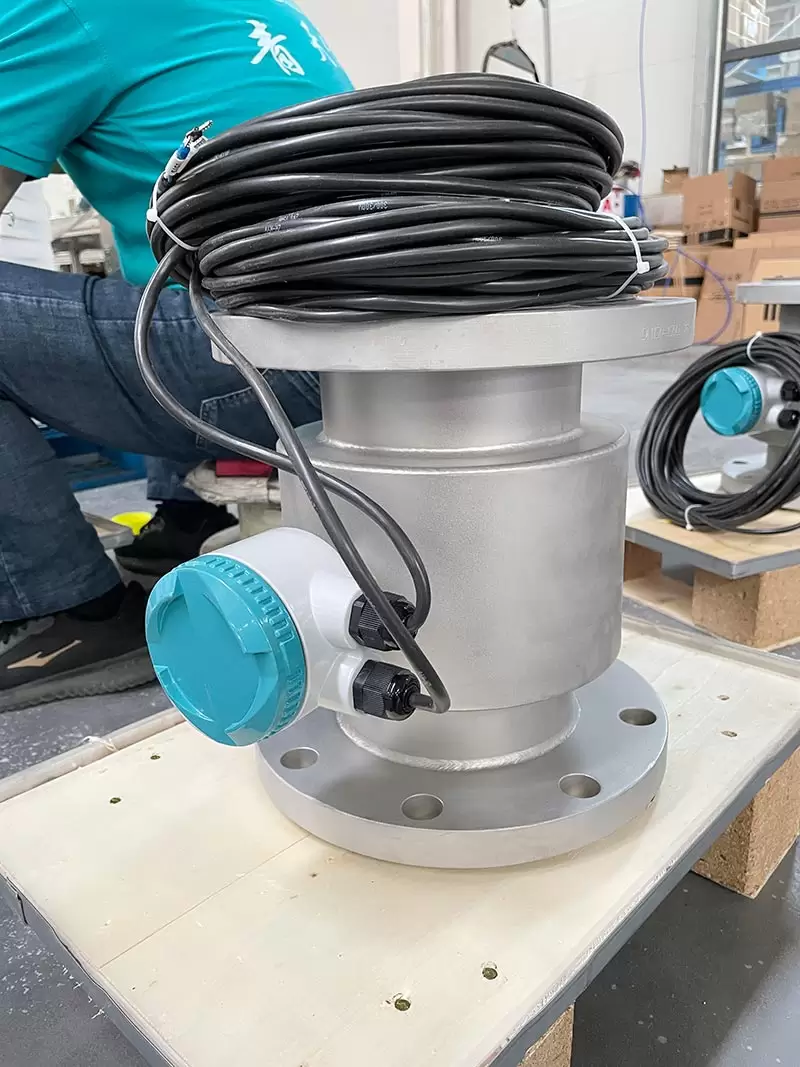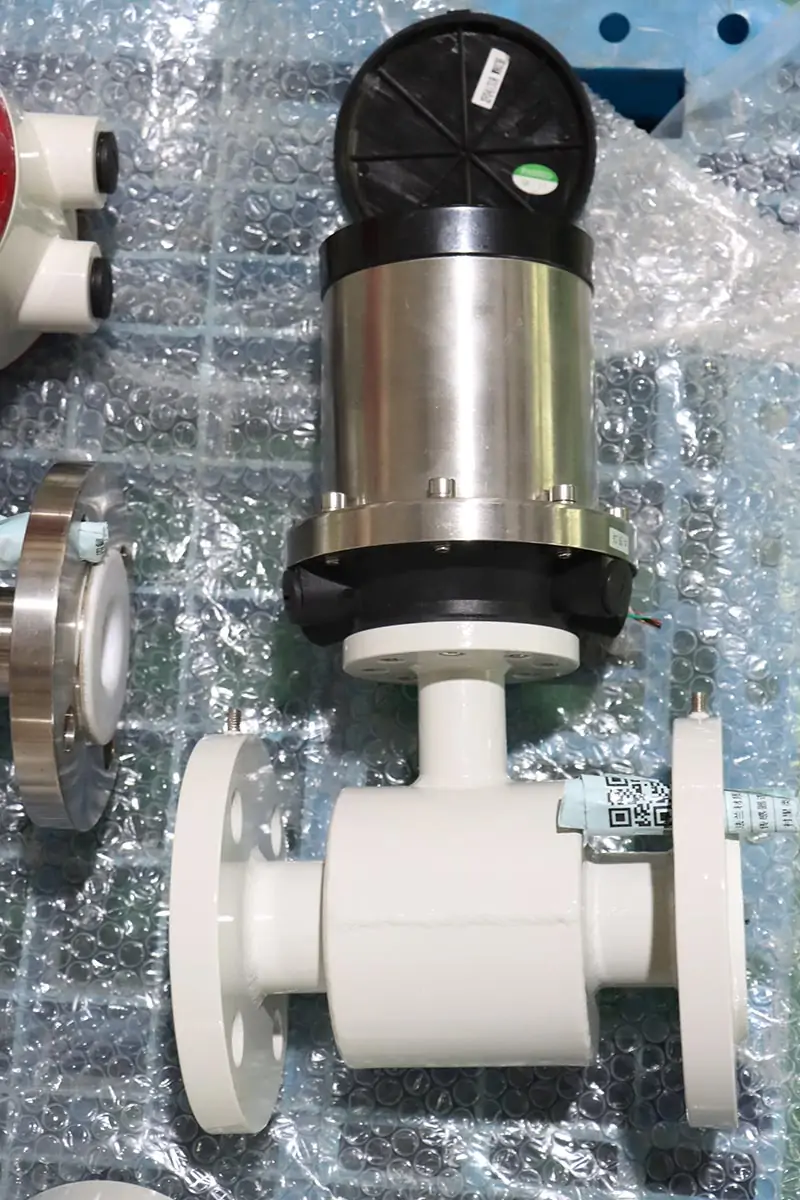PTFE liner SS316L electrodes magnetic flowmeters
magnetic flowmeters can display instantaneous flow, total flow, velocity, high and low alarm, empty pipe alarm, self-diagnosis, Three built-in totalizers: forward flow, reverse flow and net flow, liquid flowmeters are ideal choice for conductive liquids
Accuracy: ¡À0.5%
Electrode: SUS316L, Hastelloy B, Hastelloy C
Size: DN3-DN3000
Liner: PTFE, PFA, Polyurethane, Neoprene, Hard Rubber, Ceramic
Contact US
Get Price
Share:
Previous:
Electromagnetic Flow Meter
Content
Introduction
Electromagnetic flow meter is one of the most popular flow meters. Flange type electromagnetic flow meter has been used for more than 50 years worldwide. It is widely used for all conductive liquids in every industry, such as water, acid, alkali, milk, slurry etc. Since founded in 2005, Q&T has sold more than 600 thousand electromagnetic flow meters to provide the solutions for clients in different work conditions.
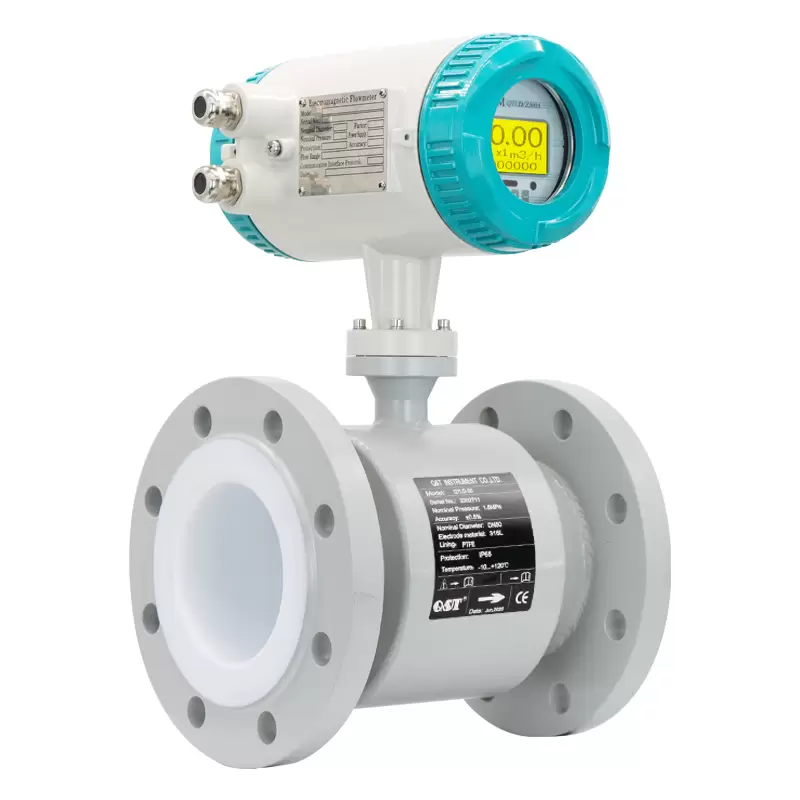 |
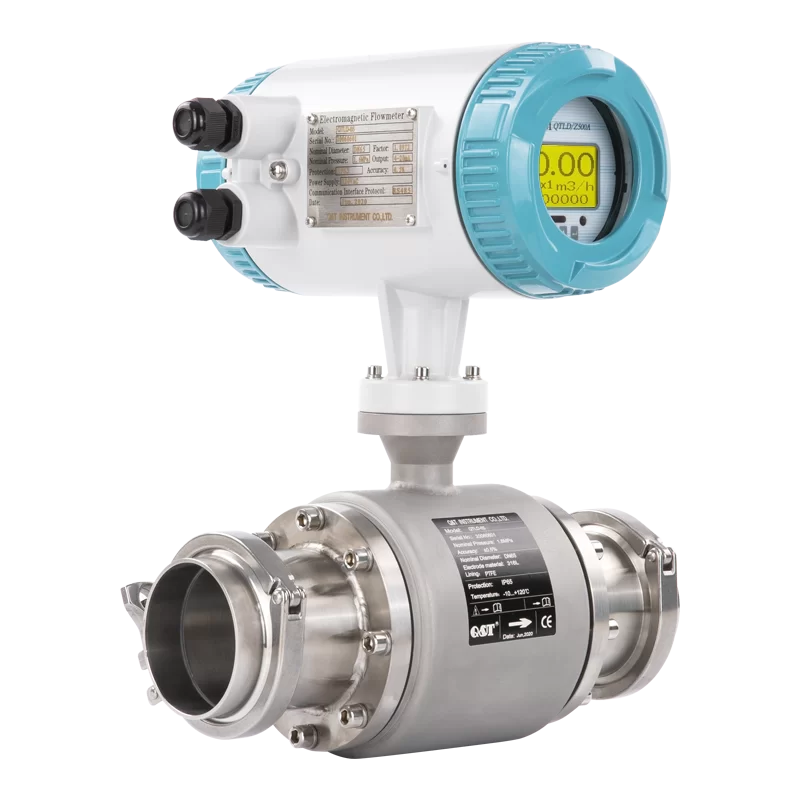 |
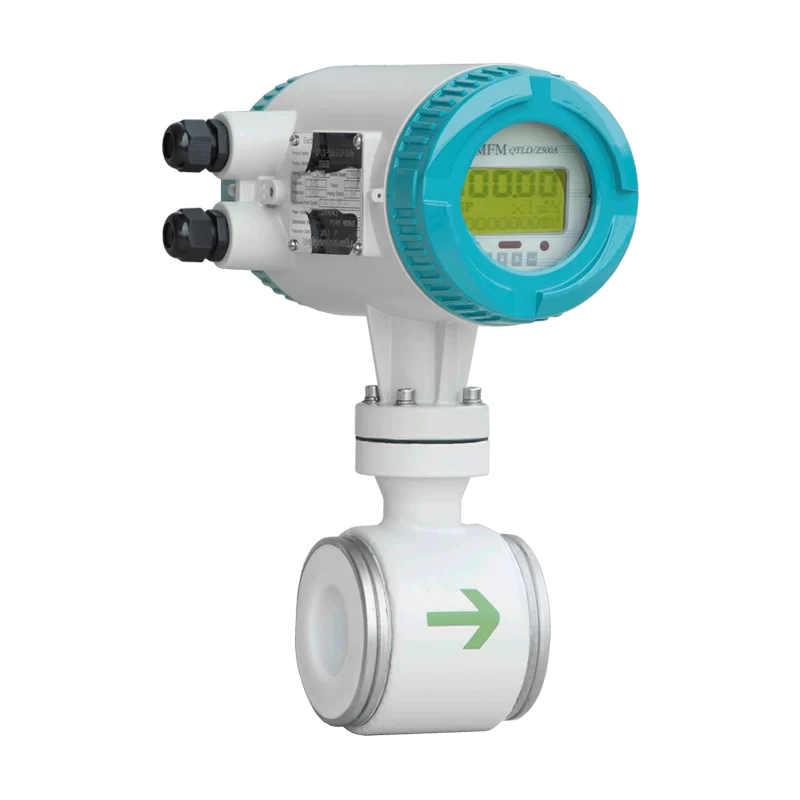 |
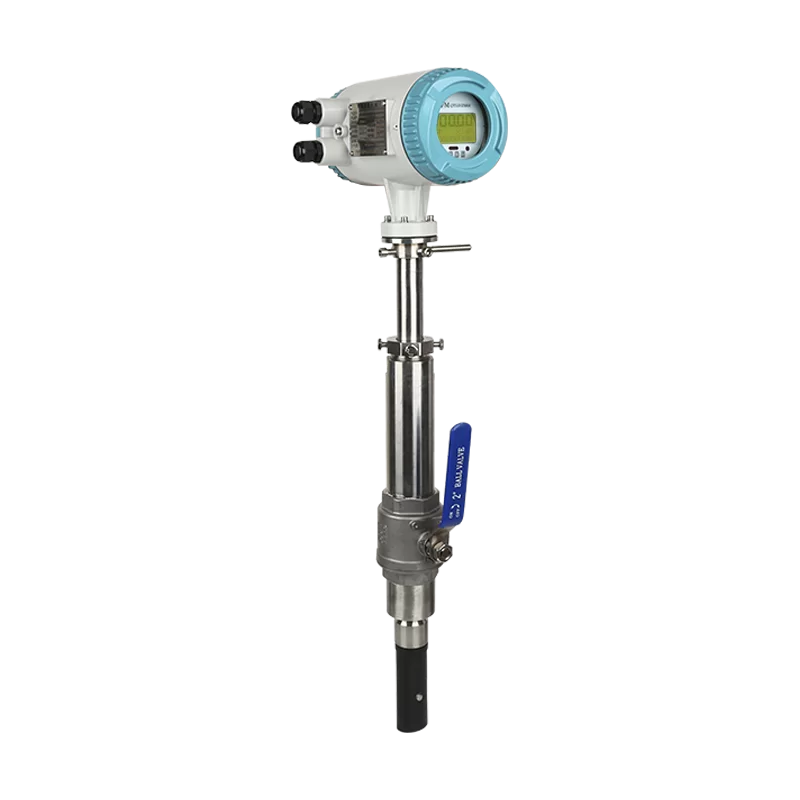 |
Advantages
Electromagnetic Flow Meter Advantages and Disadvantages
The main advantages of using electromagnetic flow meter is that it is with no moving parts, no pressure loss and require very less maintenance.
Flange type magnetic flow meter can be made large size range from DN3-DN3000mm and with bi-directional flow measurement. Q&T mag flow meters are with built-in self-diagnosis function and support data record / bluetooth function and various kinds of output signals.Compared with other liquid type flow meter, the limitations of magnetic flow meter is that it can only be used for conductive liquid.Regarding non or low conductive liquid such as petroleum products, organic solvents can not be used. Electromagnetic flow meter will be affected if there’s strong magnetic filed in the surrounding environment.
The main advantages of using electromagnetic flow meter is that it is with no moving parts, no pressure loss and require very less maintenance.
Flange type magnetic flow meter can be made large size range from DN3-DN3000mm and with bi-directional flow measurement. Q&T mag flow meters are with built-in self-diagnosis function and support data record / bluetooth function and various kinds of output signals.Compared with other liquid type flow meter, the limitations of magnetic flow meter is that it can only be used for conductive liquid.Regarding non or low conductive liquid such as petroleum products, organic solvents can not be used. Electromagnetic flow meter will be affected if there’s strong magnetic filed in the surrounding environment.
Application
Flange Electromagnetic Flow Meter Installation Requirement
Electromagnetic flow meter is widely used in water treatment, food industry, pharmaceutical, petrochemical, paper mill, chemical monitoring etc.
In the metallurgical industry, it is often used to control the flow of cooling water for continuous steel casting, continuous steel rolling, and steel-making electric furnaces;
In the field of water supply and drainage in public utilities, electromagnetic flow meters are often used for the transfer measurement of finished product water and raw water in water plants;
In the pulp process of the paper industry, electromagnetic flow meters are involved in the measurement of the flow of grinding pulp, water, acid, and alkali;
In the coal industry, measuring coal washing and pipeline hydraulic conveying coal slurry.
For food and beverage industries, it is used for beer and beverage filling measurement.
For chemical and petrochemical industries, it is used to measure corrosive liquids, such as acids and alkalis etc
Electromagnetic flow meter is widely used in water treatment, food industry, pharmaceutical, petrochemical, paper mill, chemical monitoring etc.
In the metallurgical industry, it is often used to control the flow of cooling water for continuous steel casting, continuous steel rolling, and steel-making electric furnaces;
In the field of water supply and drainage in public utilities, electromagnetic flow meters are often used for the transfer measurement of finished product water and raw water in water plants;
In the pulp process of the paper industry, electromagnetic flow meters are involved in the measurement of the flow of grinding pulp, water, acid, and alkali;
In the coal industry, measuring coal washing and pipeline hydraulic conveying coal slurry.
For food and beverage industries, it is used for beer and beverage filling measurement.
For chemical and petrochemical industries, it is used to measure corrosive liquids, such as acids and alkalis etc

Technical Data
Flange Magnetic Flow Meter Main Performances Parameters
| Size | DN3-DN3000mm |
| Nominal Pressure | 0.6-1.6Mpa(2.5Mpa/4.0Mpa/6.4Mpa…Max 42Mpa) |
| Accuracy | +/-0.5%(Standard) +/-0.3% or +/-0.2%(Optional) |
| Liner | PTFE, Neoprene, Hard Rubber, EPDM, FEP, Polyurethane, PFA |
| Electrode | SUS316L, Hastelloy B, Hastelloy C Titanium, Tantalum, Platinium-iridium |
| Structure Type | Integral type, remote type, submersible type, ex-proof type |
| Medium Temperature | -20~+60 degC(Integral type) |
| Remote type(Neoprene,Hard Rubber,Polyurethane,EPDM) -10~+80degC Remote type(PTFE/PFA/FEP) -10~+160degC |
|
| Ambient Temperature | -20~+60deg C |
| Ambient Humidity | 5-100%RH(relative humidity) |
| Measuring Range | Max 15m/s |
| Conductivity | >5us/cm |
| Protection Class | IP65(Standard); IP68(Optional for remote type) |
| Process Connection | Flange (Standard), Wafer, Thread, Tri-clamp etc (Optional) |
| Output Signal | 4-20mA/Pulse |
| Communication | RS485(Standard), HART(Optional),GPRS/GSM (Optional) |
| Power Supply | AC220V (can be used for AC85-250V) DC24V (can be used for DC20-36V) DC12V (optional), Battery Powered 3.6V (optional) |
| Power Consumption | <20W |
| Alarm | Upper Limit Alarm / Lower Limit Alarm |
| Self-diagnosis | Empty Pipe Alarm, Exciting Alarm |
| Explosion Proof | ATEX |
Inquiry
More Electromagnetic Flow Meter

